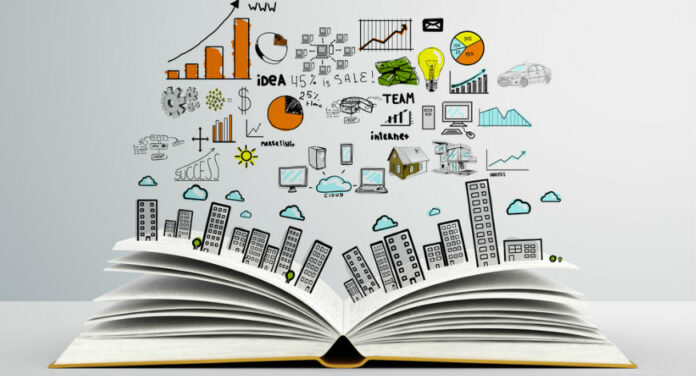Introduction
Education, as a dynamic sector, constantly evolves, often driven by policy shifts and reforms. In this article, we’ll explore the recent changes and reforms in education policies, shedding light on their implications and significance.
Understanding Education Policy Changes
Education policies undergo revisions and adaptations to meet the evolving needs of learners, educators, and society. These changes are aimed at improving learning outcomes, addressing emerging challenges, and enhancing the overall quality of education.
The Significance of Policy Reforms in Education
Policy shifts play a pivotal role in shaping the direction of education systems. They influence curriculum design, teaching methodologies, assessment practices, and the overall learning environment.
Recent Changes in Education Policies
Recent reforms might include adjustments in curriculum standards, integration of technology in classrooms, modifications in assessment methods, emphasis on inclusive education, or initiatives to enhance teacher training and professional development.
Implications of Policy Shifts on Education
Changes in policies have profound implications on various stakeholders within the education ecosystem. Students, educators, policymakers, and communities are impacted by alterations in educational frameworks and practices.
Key Features of Education Reforms
Some notable features of recent education reforms could encompass a focus on personalized learning, the incorporation of 21st-century skills, an emphasis on STEM (Science, Technology, Engineering, and Mathematics) education, and initiatives to bridge educational disparities.
Challenges and Opportunities in Implementing Reforms
While education reforms aim for positive changes, challenges such as funding constraints, resistance to change, disparities in implementation, and adapting to rapidly evolving technological landscapes often pose hurdles.
The Impact on Educational Systems
Policy shifts and reforms can transform educational systems, influencing teaching methodologies, student outcomes, and preparing individuals for the demands of the future workforce.
Future Directions in Education Policies
Looking ahead, the trajectory of education policies might involve greater emphasis on digital literacy, flexible learning models, innovative assessment methods, and a more holistic approach to education.

Conclusion
In conclusion, education policy shifts and reforms are instrumental in steering the course of education systems worldwide. By understanding these changes, stakeholders can adapt, innovate, and collaborate to create a more effective and responsive educational environment.
FAQs
- What are education policy changes?
- Education policy changes refer to revisions in educational frameworks aimed at improving learning outcomes and addressing emerging challenges.
- Why are policy reforms significant in education?
- Policy reforms shape the direction of education systems, influencing curriculum, teaching methods, and the learning environment.
- What are some recent changes in education policies?
- Recent changes might involve adjustments in curriculum, technology integration, emphasis on inclusive education, and teacher training enhancements.
- What challenges hinder the implementation of education reforms?
- Challenges include funding constraints, resistance to change, disparities in implementation, and adapting to evolving technology.
- How do education policy shifts impact educational systems?
- They can transform teaching methods, student outcomes, and prepare individuals for future workforce demands.


